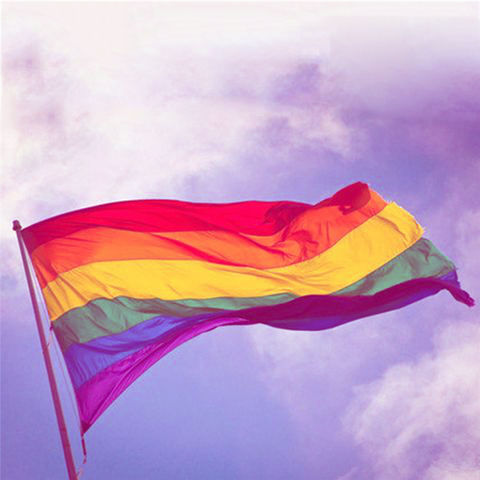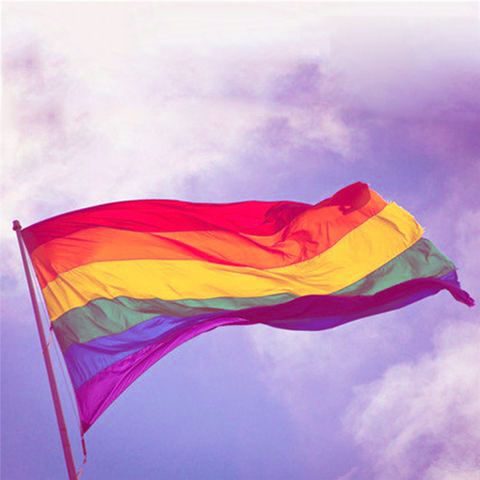
Chronicle of Philanthropy: ‘Foundation Grant Making to Gay Causes Increases by 24%, New Report Finds’
Chronicle of Philanthropy: ‘Foundation Grant Making to Gay Causes Increases by 24%, New Report Finds’
By: Andrew Wallace on November 6, 2016
Foundation giving to gay causes increased by $65.6 million in 2006, a 24-percent gain over the previous year, according to a new report by Funders for Lesbian and Gay Issues, a New York group that advises grant makers. The number of funds contributing to such causes also grew, from 199 in 2005 to 266 in 2006.
The majority of foundation dollars came from independent funds. Those foundations account for 61 percent of total giving to gay causes, while public foundations gave 17 percent and community foundations gave 13 percent. Public and community foundations are typically financed by more than one donor or family.
Helping Young People
Charities that benefited children and youths won more money than did organizations helping people from other population groups, the report found.
Grant makers gave 17 percent of all donations to such charities, compared with 9 percent to groups that helped people who are racial minorities.
However, foundations have stepped up their giving to such causes in recent years, according to a second report by Funders for Lesbian and Gay Issues on giving to charities led by members of minority groups.
In 2002 foundations gave about $1.2 million to efforts that help gay minority-group members, compared with $5.7 million in 2006.
“There are some wins there,” said Robert Espinoza, director of research and communications with the New York organization.
But, he said, many foundations still struggle with how to integrate racial and gay issues, and many gay groups have yet to find effective ways to incorporate racial justice work into their activities.
Nonprofit groups led by gay members of minority groups, meanwhile, received a smaller share of their support from foundations and corporations than they did from community events and individual donors, the report said.
Over all, about 43 percent of organizations led by minority-group members received support from foundations, while all of the 84 groups said they won donations from individuals and events. Thirty-one percent received money from government, and 25 percent won support from corporations.
“These organizations are very grass roots and are supported by the people they represent,” said Mr. Espinoza. “They don’t receive a lot of foundation support.”
Few Paid Employees
Most non-profit groups led by gay minority-group members, meanwhile, have no paid staff and budgets of $50,000 or less, the report said.
Sixty-two percent of the groups surveyed reported that they had no paid employees, while 11 percent said they employed people only part time. The charities surveyed had a media of 12 volunteers.
Nearly a third, or 32 percent, had budgets of less than $5,000, while 68 percent received less than $50,000 per year.
“These organizations tend to be small, local, and run by volunteers,” said Mr. Espinoza. “Many of them don’t have their own 501(c)(3) status,” the Internal Revenue Service designation that allows them to accept tax-deductible donations.
To help these charities thrive, the report said that grant makers should assess their own organizations to determine if there are any internal barriers that prevent gay groups that serve Asian, black, and Latino people from winning support. It also recommended that foundations provide more general support and multiyear grants.
“Foundations need to ensure flexibility in their grant making,” said Mr. Espinoza. “They need to be open to supporting organizations in a wide variety of ways, whether that means working with an intermediary foundation in distributing local grants, or helping groups identify 501(c)(3) status and, if they do, helping them build their capacity.”
Both studies can be downloaded free from the Web site of Funders for Lesbian and Gay Issues. Go to: http://lgbtqfunders.wpengine.com.
© The Chronicle of Philanthropy.

